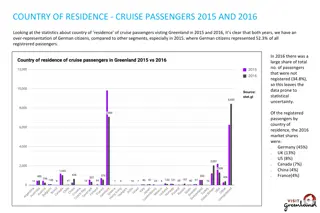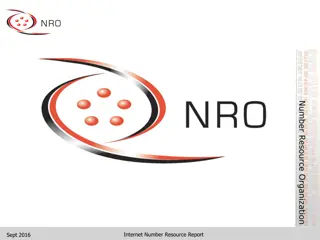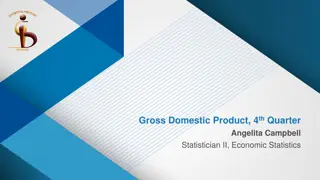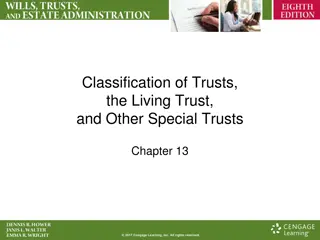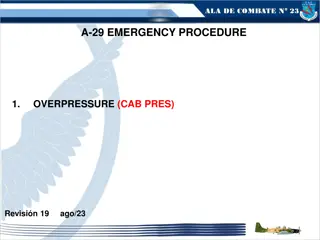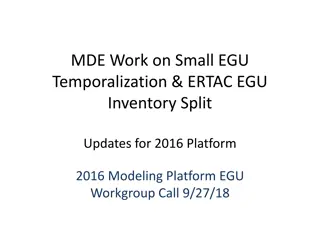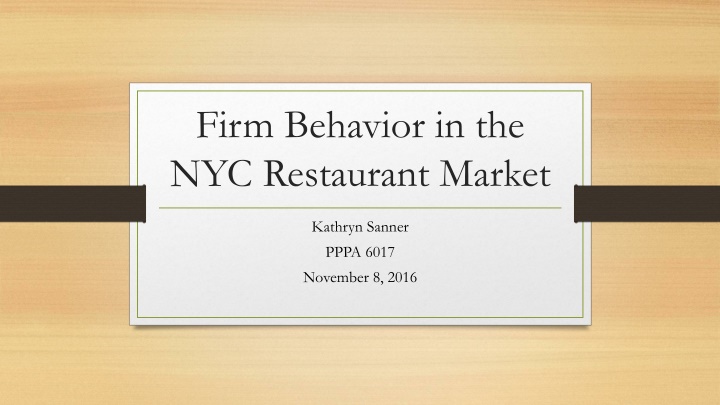
Firm Behavior in the NYC Restaurant Market Analysis
Explore the challenges faced by independently owned restaurants in New York City due to high operating costs compared to other cities like Los Angeles and San Francisco. Discover the formula for success and insights from a New York Times article on the economic dynamics in the restaurant industry.
Uploaded on | 0 Views
Download Presentation

Please find below an Image/Link to download the presentation.
The content on the website is provided AS IS for your information and personal use only. It may not be sold, licensed, or shared on other websites without obtaining consent from the author. If you encounter any issues during the download, it is possible that the publisher has removed the file from their server.
You are allowed to download the files provided on this website for personal or commercial use, subject to the condition that they are used lawfully. All files are the property of their respective owners.
The content on the website is provided AS IS for your information and personal use only. It may not be sold, licensed, or shared on other websites without obtaining consent from the author.
E N D
Presentation Transcript
Firm Behavior in the NYC Restaurant Market Kathryn Sanner PPPA 6017 November 8, 2016
Summary New York Times article: Is New York Too Expensive for Restaurateurs? We Do the Math The article tested the hypothesis that it is more expensive for an independently owned restaurant to operate and stay afloat in New York City. New York s real estate (cost of rent/sq. ft.), labor (employee wages), and food supply costs were compared with those in Los Angeles and San Francisco. Across all categories, New York City was the most expensive location.
Formula for Success The costs of real estate, labor and food should add up to about 75 percent of its projected sales, leaving a profit margin of roughly 10 percent once smaller expenses are figured in. 1 We know that ? = ?? ?? In the short run, operate if TR VC and shut down if TR < VC. 1 Stabiner, Karen. "Is New York Too Expensive for Restaurateurs? We Do the Math." The New York Times, October 25, 2016. Accessed November 5, 2016. http://www.nytimes.com/2016/10/26/dining/restaurant-economics-new-york.html?ref=smallbusiness&_r=0
In the short run ? = 10% * Images taken from Microeconomics by Goolsbee, Levitt & Syverson
In the long run Taste change = consumer preference shift to cheaper quick service restaurants * Image taken from Microeconomics by Goolsbee, Levitt & Syverson

